Archives
- 2025-10
- 2025-09
- 2025-04
- 2025-03
- 2025-02
- 2025-01
- 2024-12
- 2024-11
- 2024-10
- 2024-09
- 2024-08
- 2024-07
- 2024-06
- 2024-05
- 2024-04
- 2024-03
- 2024-02
- 2024-01
- 2023-12
- 2023-11
- 2023-10
- 2023-09
- 2023-08
- 2023-07
- 2023-06
- 2023-05
- 2023-04
- 2023-03
- 2023-02
- 2023-01
- 2022-12
- 2022-11
- 2022-10
- 2022-09
- 2022-08
- 2022-07
- 2022-06
- 2022-05
- 2022-04
- 2022-03
- 2022-02
- 2022-01
- 2021-12
- 2021-11
- 2021-10
- 2021-09
- 2021-08
- 2021-07
- 2021-06
- 2021-05
- 2021-04
- 2021-03
- 2021-02
- 2021-01
- 2020-12
- 2020-11
- 2020-10
- 2020-09
- 2020-08
- 2020-07
- 2020-06
- 2020-05
- 2020-04
- 2020-03
- 2020-02
- 2020-01
- 2019-12
- 2019-11
- 2019-10
- 2019-09
- 2019-08
- 2019-07
- 2019-06
- 2019-05
- 2019-04
- 2018-11
- 2018-10
- 2018-07
-
Patients were divided randomly into two groups at the time
2019-06-01
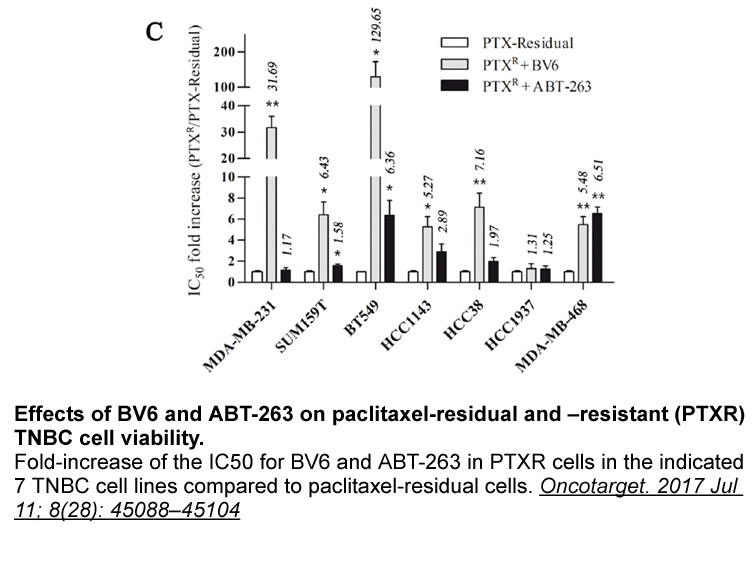
Patients were divided randomly into two groups at the time of hCG administration. Patients in Group 1 (n = 38; 33.6%) underwent IUI 24 hours after hCG administration. Group 2 (n = 75; 66.4%) underwent IUI 36 hours after hCG administration. All patients were instructed to have intercourse when the do
-
br Acknowledgments br Introduction Since the first hospice w
2019-06-01
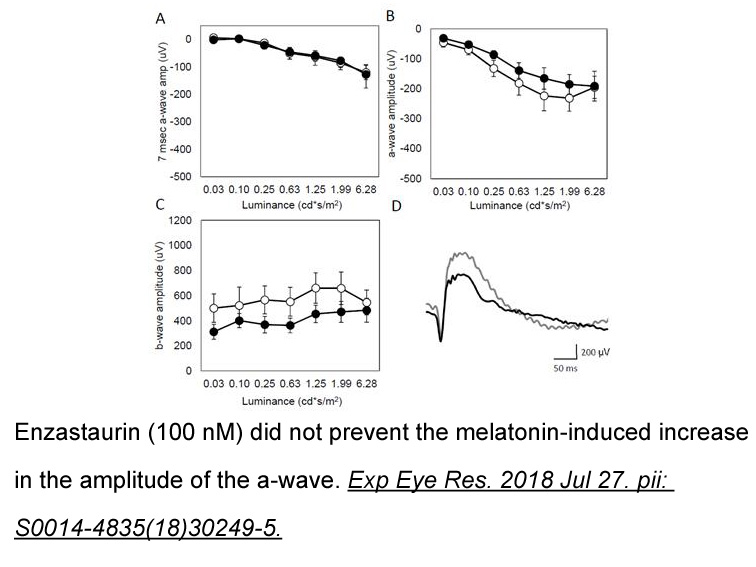
Acknowledgments Introduction Since the first hospice was established in the United Kingdom in the late 1960s, the use of hospice and palliative care has become popular worldwide. In developed countries, hospice and palliative care are now used for services ranging from in-patient to community/
-
ccr2 inhibitor Long QT syndrome LQTS a
2019-06-01
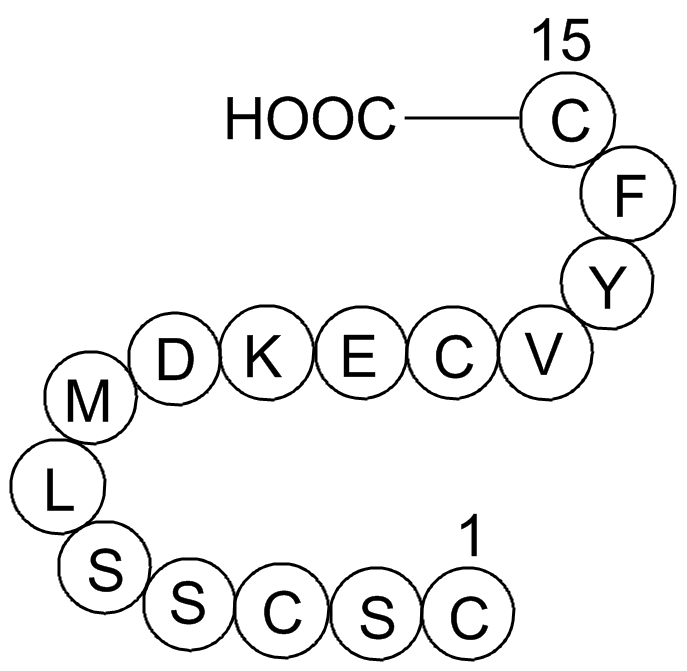
Long QT syndrome (LQTS), a rare inheritable arrhythmia first described by Romano and Ward et al. in the 1960s, is characterized by the prolongation of the QT interval on surface ECGs and an increased risk of potentially fatal ventricular arrhythmias, especially torsade de pointes . In 1995, after ye
-
br Conflict of interest br Acknowledgments br Introduction E
2019-06-01
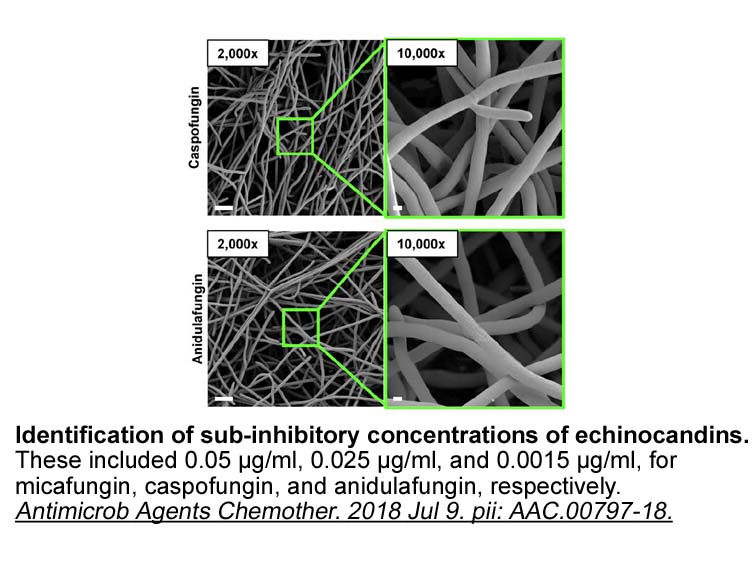
Conflict of interest Acknowledgments Introduction Electroanatomical mapping is useful for locating a possible reentrant circuit, but it has limitations in terms of analyzing the functional property of the circuit [1,2]. Entrainment mapping using the postpacing interval (PPI) and the activat
-
Age at initiation of amiodarone therapy
2019-06-01

Age at pdgfr of amiodarone therapy, hypertension, baseline free T4 level, and age at the end of follow-up were evaluated as candidate predictors of amiodarone-induced hyperthyroidism. In order to test this hypothesis, a stepwise multivariate logistic regression analysis was performed. Consequently,
-
br As the only methods available for dual protection
2019-06-01
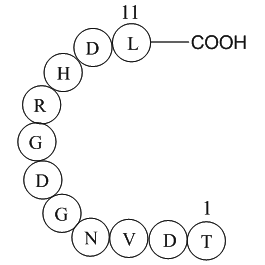
As the only methods available for dual protection against pregnancy and sexually transmitted infections (STIs), male and female condoms have a vital role in sexual and reproductive health. Mags Beksinska and colleagues therefore are to be commended for their randomised crossover trial in this guan
-
order LY2584702 La propia Mirna Paiz rescata en sus memorias
2019-06-01
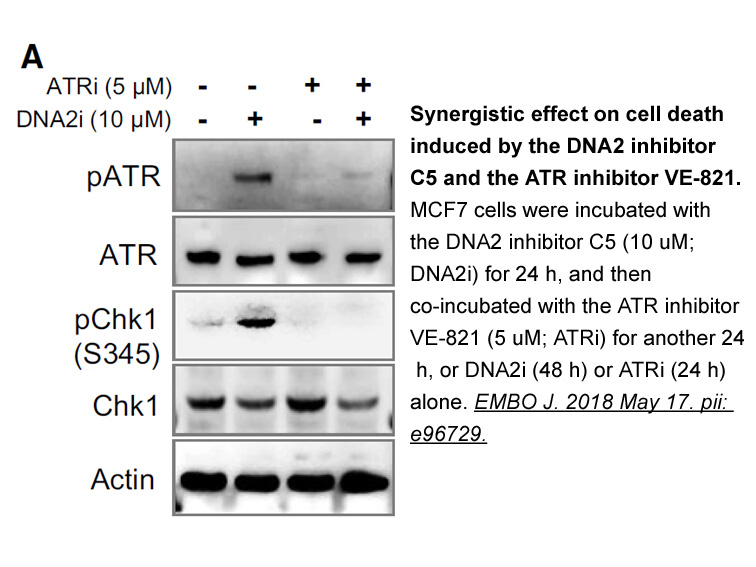
La propia Mirna Paiz rescata en sus memorias cuál fue su papel en la guerrilla, dejando claro que si bien en algunas ocasiones tuvo order LY2584702 su cargo la administración y distribución de medicinas, su labor no era ser costurera. La decisión editorial de cubrir su rostro e incluso excluirla de
-
We are in the midst of a paradigm
2019-06-01
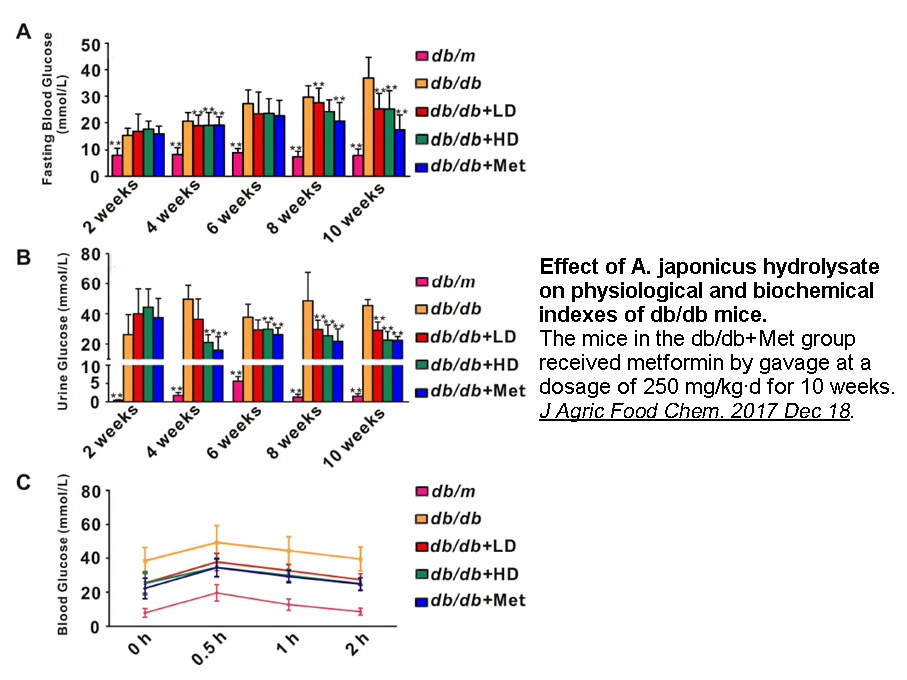
We are in the midst of a paradigm shift for antenatal and intrapartum care: from focusing mainly on coverage to also considering quality as an essential component of improving health systems, as stated in the WHO vision on quality of care and other efforts. For intrapartum care, poor quality at faci
-
br We recently reported associations between maternal age at
2019-06-01
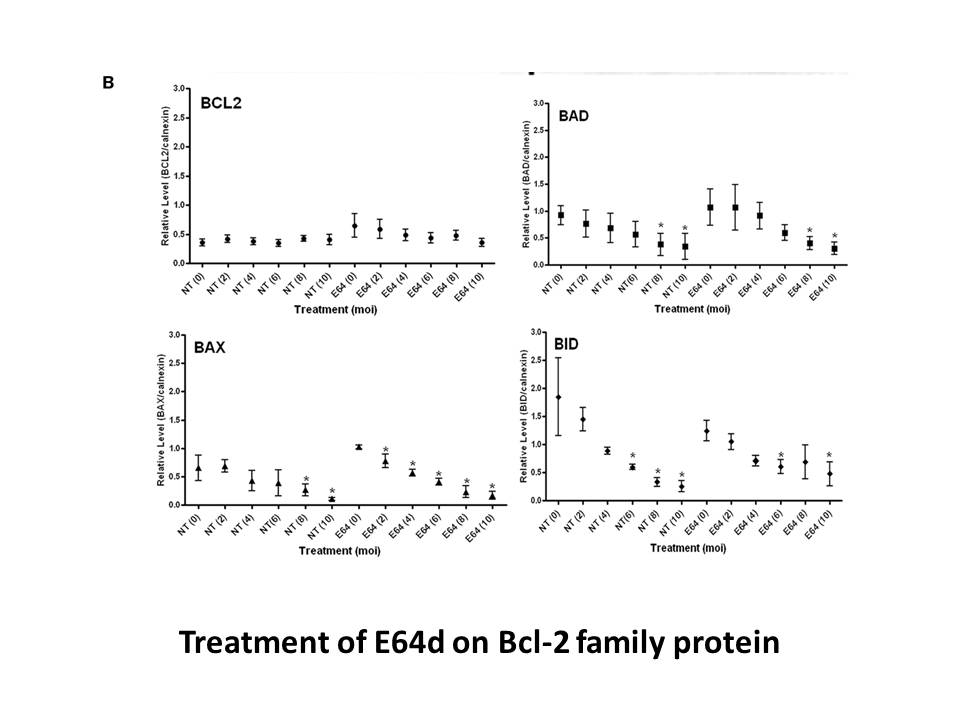
We recently reported associations between maternal age at childbirth and outcomes in the offspring, using data from five birth cohorts (COHORTS collaboration) in low-income and middle-income countries (LMICs), in . Young maternal age ( Antimicrobial resistance is recognised as a serious global he
-
One week after the CCRT she was brought
2019-05-31
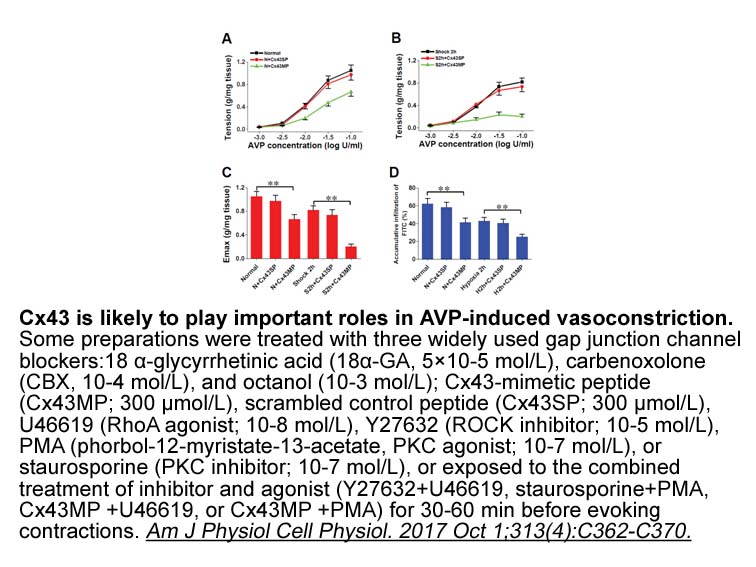
One week after the CCRT, she was brought to our emergency department due to fever, severe general weakness, and severe oral pain. Her Sicca syndrome-related xerostomia had worsened due to radiotherapy and was complicated with severe stomatitis, which made oral intake difficult. She took traditional
-
Stroke is second only to ischaemic heart
2019-05-31
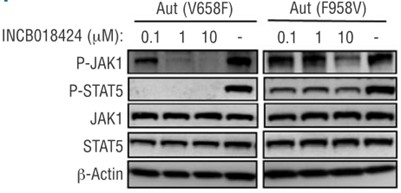
Stroke is second only to ischaemic order tranylcypromine disease as the leading cause of death worldwide; one in six people will have a stroke in their lifetime. , on October 29, reminds us of these striking facts and the need for individuals to know the risk factors. Although the main risk factors
-
Hablar del movimiento posmoderno parece haberse convertido e
2019-05-31
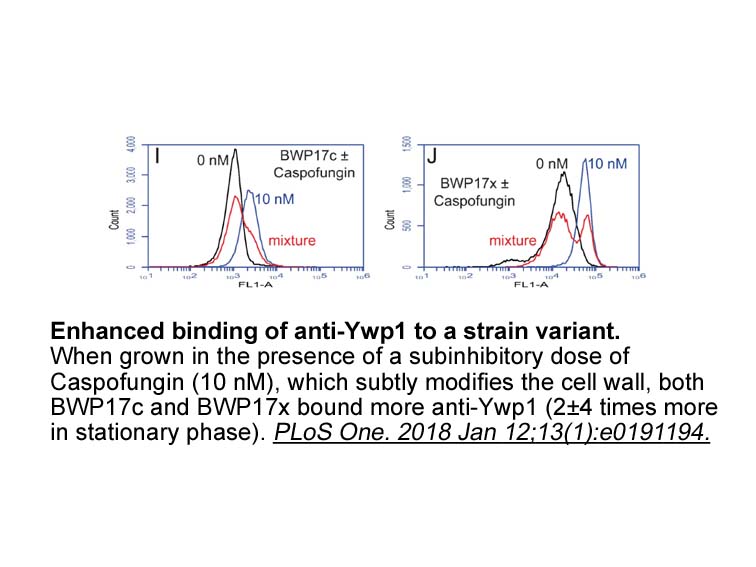
Hablar del movimiento posmoderno parece haberse convertido en un lugar común. Un movimiento artístico, cultural o filosófico que se escape transferase las expectativas de lo preestablecido suele denominarse rápidamente “posmoderno” sin indagar con profundidad cuáles son las características que le pe
-
npy receptor We also demonstrated by ELISA ELISPOT and
2019-05-31

We also demonstrated by ELISA, ELISPOT and CTL assays the capacity of alum to induce a Th1 immune response. The evaluation of the npy receptor response against LALF32-51 peptide, E7 protein and LALF32-51-E7 fusion protein in immunized mice suggest that the antibodies response generated by the immun
-
br Disclosures br Acknowledgments br
2019-05-31

Disclosures Acknowledgments Introduction Long-term endurance sports have recently been recognized as one of the risk factors for atrial fibrillation (AF) [1–8]; widely accepted risk factors for AF include age, hypertension, diabetes mellitus, structural sphingosine kinase inhibitor disease
-
The authors of the NCCN non
2019-05-31
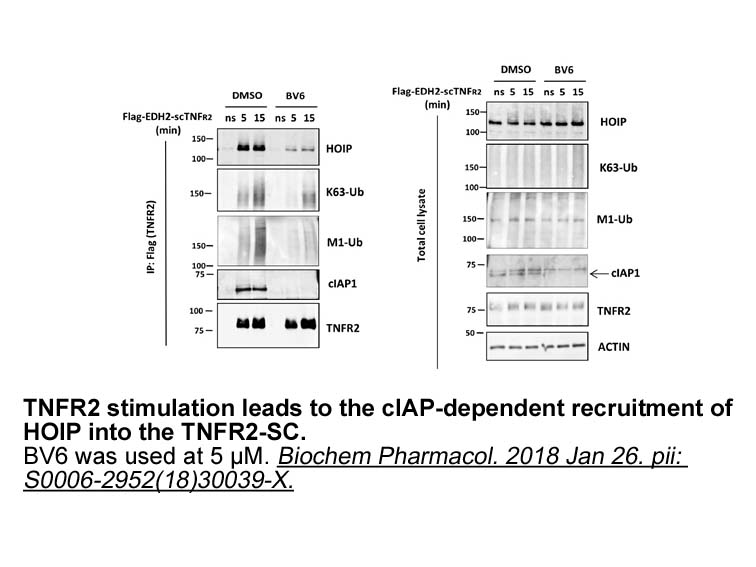
The authors of the NCCN non-small cell lung cancer guidelines provide the most guidance about radiotherapy dosing for painful bone metastases of any of the primary sites evaluated [39]. Bone metastases due to non-small cell lung cancer are separated into those “with soft tissue mass” versus those “w
15715 records 1001/1048 page Previous Next First page 上5页 10011002100310041005 下5页 Last page